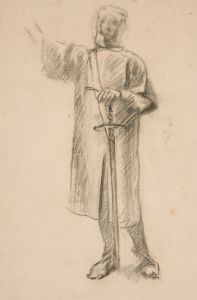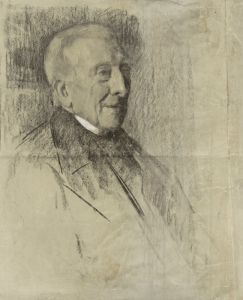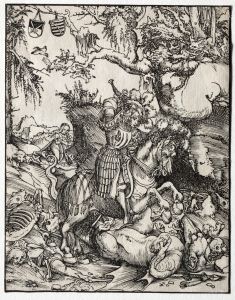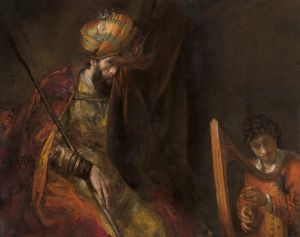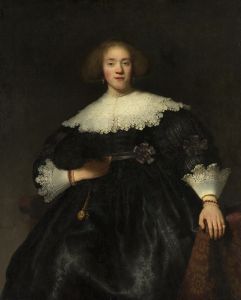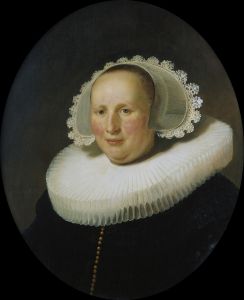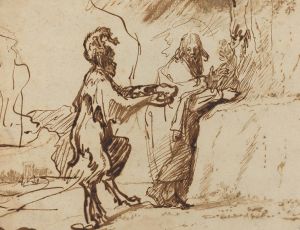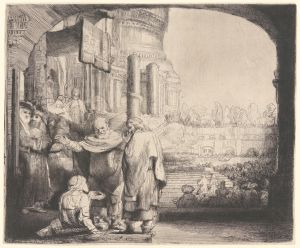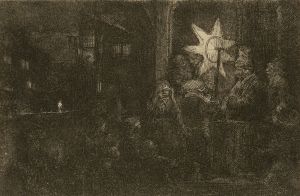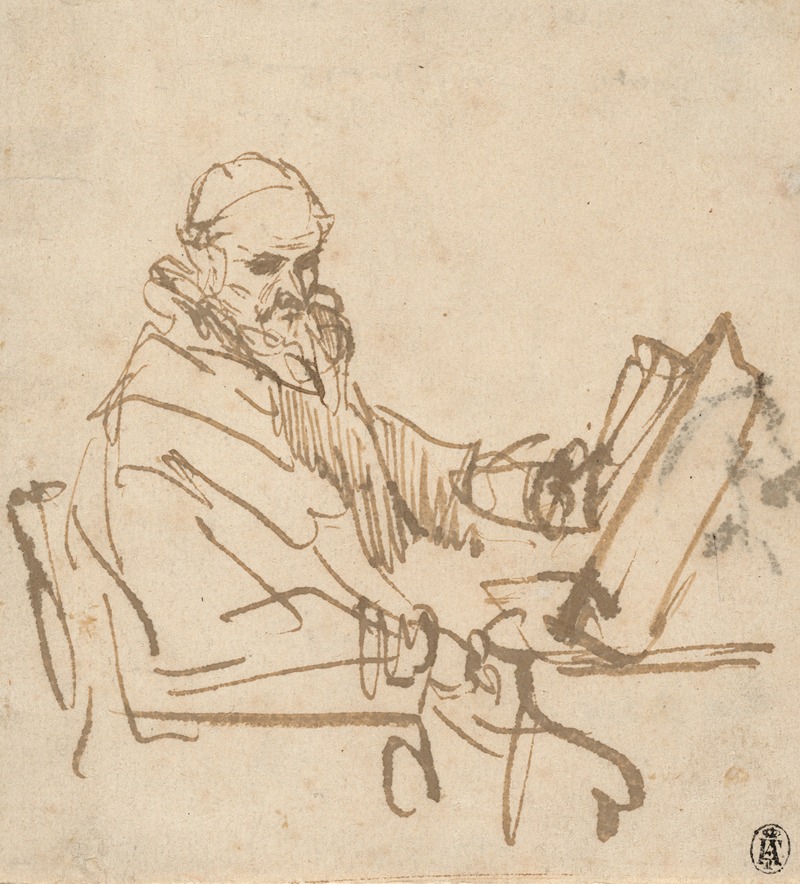
Jan Cornelisz Sylvius,the Preacher
A hand-painted replica of Rembrandt van Rijn’s masterpiece Jan Cornelisz Sylvius,the Preacher, meticulously crafted by professional artists to capture the true essence of the original. Each piece is created with museum-quality canvas and rare mineral pigments, carefully painted by experienced artists with delicate brushstrokes and rich, layered colors to perfectly recreate the texture of the original artwork. Unlike machine-printed reproductions, this hand-painted version brings the painting to life, infused with the artist’s emotions and skill in every stroke. Whether for personal collection or home decoration, it instantly elevates the artistic atmosphere of any space.
"Jan Cornelisz Sylvius, the Preacher" is an etching created by the renowned Dutch artist Rembrandt van Rijn. Rembrandt, one of the most significant figures in European art history, is known for his masterful use of light and shadow, as well as his ability to capture the human condition in his works. This particular etching is a testament to his skill in portraiture and his interest in depicting figures from various walks of life.
The etching features Jan Cornelisz Sylvius, a preacher who was active during the 17th century in Amsterdam. Sylvius was a prominent figure in the Dutch Reformed Church and was known for his eloquent sermons and theological influence. He was also related to Rembrandt by marriage, as he was the uncle of Rembrandt's wife, Saskia van Uylenburgh. This familial connection likely provided Rembrandt with the opportunity to create this intimate and detailed portrait.
In the etching, Sylvius is depicted with a sense of dignity and introspection. Rembrandt's use of fine lines and careful detailing captures the texture of Sylvius's clothing and the thoughtful expression on his face. The etching is notable for its realistic portrayal, a hallmark of Rembrandt's work, which often sought to convey the inner life and character of his subjects.
Rembrandt's technique in this etching demonstrates his mastery of the medium. Etching involves using acid to cut into a metal plate, which is then used to print images on paper. Rembrandt was particularly skilled in this art form, and his etchings are celebrated for their depth and complexity. In "Jan Cornelisz Sylvius, the Preacher," Rembrandt's control over line and tone is evident, creating a composition that is both detailed and expressive.
The etching is part of Rembrandt's broader body of work that includes numerous portraits of individuals from various social and religious backgrounds. His interest in depicting clergy and religious figures reflects the cultural and religious milieu of the Dutch Golden Age, a period marked by a flourishing of arts and sciences in the Netherlands. During this time, there was a significant interest in personal piety and religious expression, themes that are often explored in Rembrandt's work.
"Jan Cornelisz Sylvius, the Preacher" is held in various collections around the world, as Rembrandt's etchings are highly valued by museums and collectors alike. The etching not only serves as a representation of Sylvius himself but also as an example of Rembrandt's ability to capture the essence of his subjects with both technical skill and emotional depth.
Overall, this etching is a fine example of Rembrandt's portraiture and his ability to convey the character and presence of his subjects. It remains a significant piece within the context of 17th-century Dutch art and continues to be studied and admired for its artistic and historical value.






